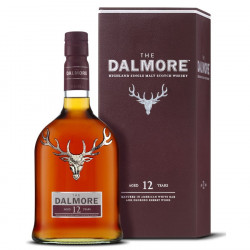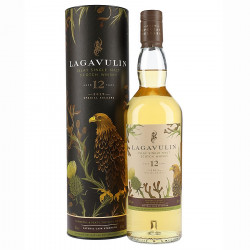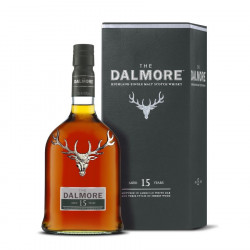The best whiskies: the science of casks
Le Comptoir Irlandais celebrates its 33rd anniversary this year! 33 years of Irish, Scottish, Welsh, English, Breton discoveries, travels, pleasures and discoveries… and finally from all over the world. No doubt, like the Irish, we have a taste for travel. From our beginnings, our desire has been to make Le Comptoir Irlandais a gateway to the world while keeping Celtic and British cultures as the guiding principle. It is from all this that our passion and our experience emanate.
We have combined them to work closely with the best independent distilleries and bottlers from Scotland, Ireland, and even Taiwan, and thus select the best barrels exclusively.
The job of selection is not only to select the most peaty, the most fruity whisky, or the one that we prefer personally. The work of selection is above all knowing how to build a range that allows you to evolve, to discover different styles, to build a line up of tasting, to see the world of whisky differently.
We suggest you share some tips to better understand the multiple possibilities of a whisky.
Follow us in the cellars and discover the different types of barrels, what they bring, how the distilleries use them. Discover the secrets and the answers to the discreet but essential question: "spirit driven" or "wood driven"? In a second step, discover how this long and fascinating selection process takes place.
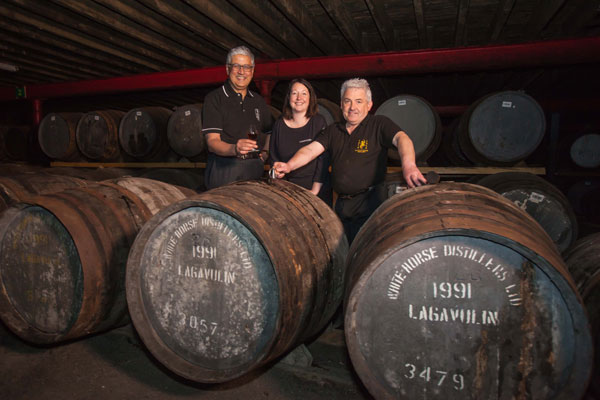
Whisky aging barrels
Scottish law requires whisky to age at least 3 years in an oak barrel, otherwise the drink cannot be called "whisky". The oak barrel may have contained Bourbon, Spanish sherry, Port, wine, rum ... All these types of barrels each have a more or less powerful aromatic impact and are used in different ways by distilleries.
Today in Scotland and for several decades, the three most used types of barrels are Bourbon barrels, Sherry barrels and reconstituted Hogsheads:
Bourbon Barrels are barrels of around 180 to 200L, in American oak. Bourbon must age in a new barrel, the Americans then resell their inexpensive barrels all over the world for rum and obviously, whisky in Scotland and Ireland! It is an excellent keg that "works" for almost all whiskies.
Butts of Sherry are barrels of about 500L in European or American oak. Taking advantage of the abundance produced by the golden age of the consumption of Sherry in the United Kingdom in the 18th and 19th centuries, casks imported from Spain were naturally found in the service of distilleries and the aging of whisky. Today these (empty) drums can cost between 1000 and 2000 € each!
Hogsheads are barrels of about 230 to 250L, shaped and recycled from a Bourbon barrel to which are added new oak staves often or sometimes from other Sherry or Bourbon barrels. It is probably the most used keg today in Scotland. Hogshead is therefore an appellation of barrel which designates a volume but can also mean a lot of other things! This term has indeed several origins ... One legend has it that it was called "hog’s head" because of its very round and stocky shape. Another theory taken very seriously suggests that "Hogshead" is a derivative of the term "barrel" in Gaelic: "Tocsaid". Finally, a third theory also holds the cord: "Hogshead" would come from an English term of the 15th century: "Hogges Hede" which indicates very exactly a quantity of 63 gallons, that is to say 238L ...
The barrels of wines and rums can be of various origins: the Portuguese Port Pipe of 600L, the Puncheon of rum of 500L, the barrel of 225L in French oak having contained Cognac or a great Bordeaux, the barrel of Bourbon having contained rum in the caribbean…
Its barrels are less classic, more rarely used by distilleries because they are more complicated to master and bringing influences that are more difficult to match with whisky. You must know how to handle them with care.
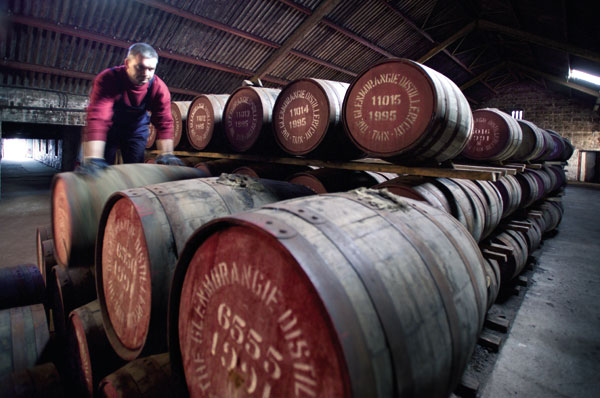
The influence of the barrel on whisky
Each of these barrels has a different impact on whisky. By popularizing just a little, we could classify them into two families:
The barrels which bring an aromatic layer to the whisky: the whisky is in this case driven by the barrel, by the wood, "wood driven". The sherry casks and the wine and rum barrels form this family, they are barrels with a strong impact and powerful aromas.
The sherry casks on the whole are going to have fairly spicy, fruity aromas and "roasted" notes that can be reminiscent of coffee and dark chocolate.
The barrels of wine and rum will more generally have a heavy, woody, fruity and sometimes slightly sweet and syrupy (sweet).
The barrels which let speak the character of the distillate and come simply to balance the distillate: here the whisky is driven by the distillate, "spirit driven" or "distillate driven". Hogsheads for reuse or Bourbon barrels (even for the first filling) are barrels with a lighter and finer aromatic impact than Sherry barrels, for example.
Bourbon barrels in American oak can develop so-called "pastry" aromas around vanilla, caramel, almonds and sometimes a slight citrus fruitiness!
Hogsheads are close to the influence of Bourbon barrels but with a little more dryness and spice due to the addition of new oak staves.
Finally, what will determine the impact force of the barrel is the number of refills, that is to say the number of uses for aging the whisky. A first fill will obviously have more force than a refill, third fill, fourth fill...
Popular culture and fashion in the whisky world tend to suggest that Sherry barrels are more noble than Bourbon barrels. In addition, a first filling barrel would be much better than a second or third filling barrel. Nay my dear tasting friend!
The only prevailing question being "which cask for which distillate"? In other words, not all barrels go on all distillates. This is why some distilleries are expert in the use of Sherry barrels while others, no less legendary, age their whole spirit in Bourbon or Hogshead barrels.
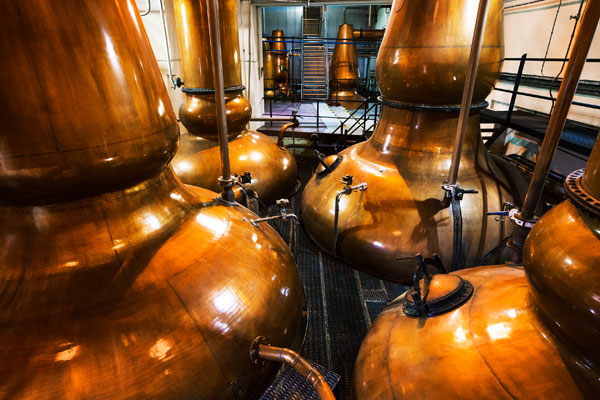
The manufacturing steps
As you can see, the distilleries and their cellars owners do not choose their casks by chance. In addition, the aromas do not all arise from the barrel, far from it. All the work upstream, from malting to distillation, conditions at each stage the final aromatic character of the distillate.
In the malting and drying stage, the distilleries (and the malting houses) can adjust the peat level.
Fermentation, depending on the yeast and the time taken, can have a simply enormous impact, especially on the malty and fruit aromas.
Distillation is the key step in this process. Within the stills, the distillate is shaped by bringing out the best in each step. The aromatic weft, the red thread of a distillery, is built at this precise moment and is at least as important as aging.
Some distillates will be rather powerful, fatty, thick. Others will be rather fine, precise, oily, dry, light. Again, there isn't one "better" style than another.
From this moment, the barrel takes over for at least 3 years and its role will be to match the distillate and produce a complex whisky, rich aromatically speaking and above all, balanced! Aromatic balance and texture are the cornerstones of a great whisky.
The distillates according to the distilleries
Let's continue with a simple analysis in order to find some clarity in this labyrinth of information. So on the one hand we have more or less powerful and fine distillates as well as barrels with a strong or light aromatic impact.
The cellar masters will thus carry out work with finesse based on these different parameters.
If I take the example of Glenfarclas or Glendronach, these distilleries produce relatively powerful distillates, and are renowned for the use of sherry casks. A powerful distillate needs a strong impact keg to round off and balance itself. The barrel, even after 20 or 30 years of aging (or more) will not necessarily take over the distillate. We are talking here about balance of aromas and harmony between distillate and cask. It is extremely difficult and the distilleries which manage to maintain this balance, year after year on the whole of their production, are rare and recognized.
On the other hand, if I take a finer distillate like Lagavulin or The Balvenie, the use of re-used Bourbon cask or re-used Hogshead is very interesting. These barrels have a much lighter impact than a Sherry barrel, so they go perfectly with a light distillate. These barrels will not crush spirit as a sherry or wine barrel could. Here too the work of the cellar master is extremely technical. The idea is to age your whisky long enough and in a cask that is sufficiently impactful to obtain a mature whisky. Wood science at the service of its discretion! This is proof of great mastery at all levels of production.
Finally, some distilleries like The Dalmore or Glenmorangie will, despite their fine distillate, use powerful barrels, double maturation or finishes, to bring a different aromatic layer thanks to the wood. We are talking here about "wood driven" whisky. We are trying to print the aromatic power of the wood and the barrel used. The cellar master then does the work of an aromatic balancing act for the whole. It's about mastering the fiery wood and mastering the sweetness that certain types of barrels can give to explore new aromatic palettes without falling into the extremes that might offend.
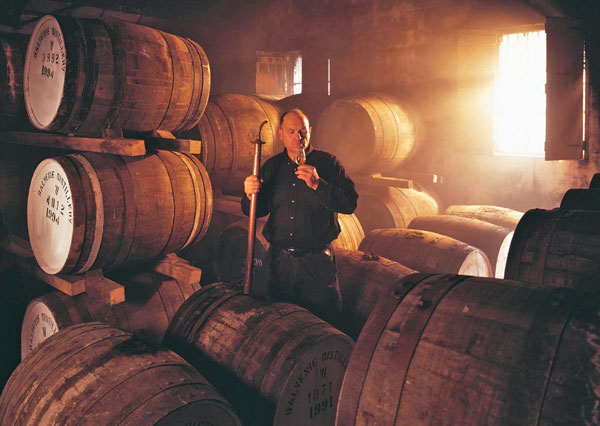
The role of the cellar master is therefore not to "boost its whiskiy with a barrel as many think. The role of the cellar master is above all to produce balanced and constant ranges, year after year, while knowing how to match the wood, what it contains, and the distillate. The cellar master directs his barrels between the permanent ranges (consisting of the assembly of hundreds of barrels), the limited editions or small batch (consisting of the assembly of a few barrels with an often strong and close character), and finally the Single Casks individually bottled according to their different, original and often exceptional character.
The whole of this demonstration is theoretical, controllable in theory. These are the main lines known ... but remember that each barrel will evolve according to its own codes and develop its own nuances. Between the moment when the cellar master fills a keg out of the still, and the moment he finds out if the agreement has worked, it can take several years or even decades.
Note that the powerful Scotch Whisky Association has just relaxed rules that are over 30 years old. Now it will be allowed to age the whisky in oak barrels that have contained Mezcal, Tequila, Calvados or even Gin! Prospects for very interesting explorations therefore!
Article written by Quentin T.
Share this content
Related products
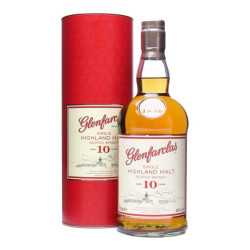 Glenfarclas 10 years is an astonishing combination of round creaminess, malty biscuits, with flowery notes and peat flavours.
Glenfarclas 10 years is an astonishing combination of round creaminess, malty biscuits, with flowery notes and peat flavours.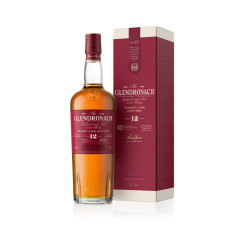 Best pick Highland Scottish whisky, Glendronach 12 years old, is aged entirely in Sherry casks: a combination of Sherry Oloroso for dried fruit flavours and spices, and Pedro Ximenez for grapes and sweet wines.
Best pick Highland Scottish whisky, Glendronach 12 years old, is aged entirely in Sherry casks: a combination of Sherry Oloroso for dried fruit flavours and spices, and Pedro Ximenez for grapes and sweet wines.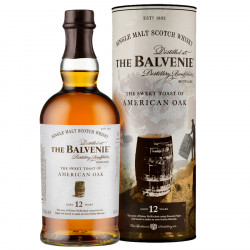 Best pick A 12-year-old vanilla and very fruity Single Malt, aged in ex-Kentuchy bourbon casks already burned inside, which have undergone a second toasted heat in Scotland.
Best pick A 12-year-old vanilla and very fruity Single Malt, aged in ex-Kentuchy bourbon casks already burned inside, which have undergone a second toasted heat in Scotland.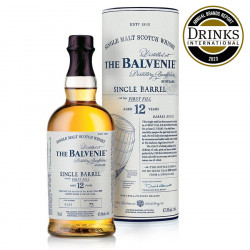 Balvenie Single Barrel aged for 12 years, exclusively in a first fill Bourbon barrel imported from America. Each bottle of Single Malt bears the handwritten number of the cask where it has aged.
Balvenie Single Barrel aged for 12 years, exclusively in a first fill Bourbon barrel imported from America. Each bottle of Single Malt bears the handwritten number of the cask where it has aged.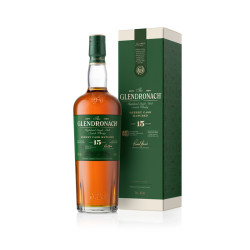 Glendronach Revival 15 years has been aged in the best Sherry casks. It is a Single Malt of exceptional richness and style.
Glendronach Revival 15 years has been aged in the best Sherry casks. It is a Single Malt of exceptional richness and style.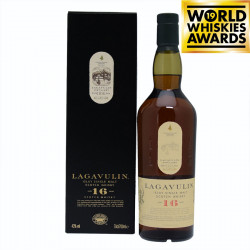 Best pick Lagavulin offers the most intense, smoky and rich whisky from the Classic Malts Selection. The 16 Year-Old version picked up the Gold Medal at International Wine & Spirit Competition 2013.
Best pick Lagavulin offers the most intense, smoky and rich whisky from the Classic Malts Selection. The 16 Year-Old version picked up the Gold Medal at International Wine & Spirit Competition 2013.

